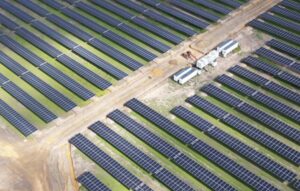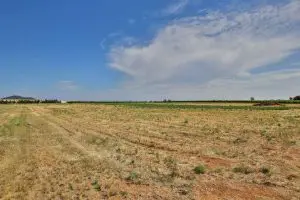Federal energy minister Chris Bowen says the first auctions to attract “gigawatts of storage” investment essential to the green energy transition in Australia’s main grids will begin later this year.
Bowen told the Smart Energy conference in Sydney on Wednesday that there are already agreement in place with state ministers over the timing and scale of the rollout. The initial timetable and targets, and funding support, will likely be revealed in the federal budget to be released next week.
The auctions will be the first under the Capacity Investment Mechanism that was agreed by federal and state energy ministers late last year after they wholly rejected the Energy Security Board’s previous proposals which had been dubbed as “coal-keeper”.
The new design will be loosely based around the renewable infrastructure roadmap developed by the former NSW Coalition government. The results of that state’s first auction was released earlier this week – featuring what will be the country’s first eight hour battery.
Australia has a need for at least 20GW of storage, but has pinned much of its hopes in the last few years on the Snowy 2.0 pumped hydro project, which is facing another major cost blowout and is now not likely to be fully commissioned before the end of the decade, with a new date set for December, 2029.
The Snowy 2.0 project effectively sidelined a number of smaller and cheaper storage proposals, and while wind and solar got support from the renewable energy target – which survived federal Coalition attempts to destroy it – there has been little incentives for battery storage and pumped hydro apart from some target state funding and support through agencies like ARENA and the CEFC.
Bowen would not comment on the scale of the storage targets, or if they needed to be revised in light of the latest Snowy 2.0 fiasco, or which states would go first.
But Victoria is likely to feature strongly given it has already declared a storage target, and a new commitment to reach 95 per cent renewables by 2035, which means the closure of its remaining three coal fired generators by that time.
NSW has already announced a timetable for its renewable and storage auctions – it is seeking 2GW of storage by 2030 – and Queensland has also announced plans for at least two major pumped hydro projects.
“I’m pleased to have had very productive conversations with state ministers who will be first cabs off the rank in terms of the rollout of the capacity investment mechanism,” Bowen said.
“As you know, it will be conducted jurisdiction by jurisdiction. And later this year we’ll be beginning with the first auctions under the capacity investment mechanism.
“We’ve agreed with the states involved as to which they’ll be and how it will work. I look forward to providing further updates, and there will be important measures in the Budget to support that as well.
“(It’s) sbsolutely essential – unlocking billions of dollars of renewable energy investment and unlocking gigawatts of power.”










